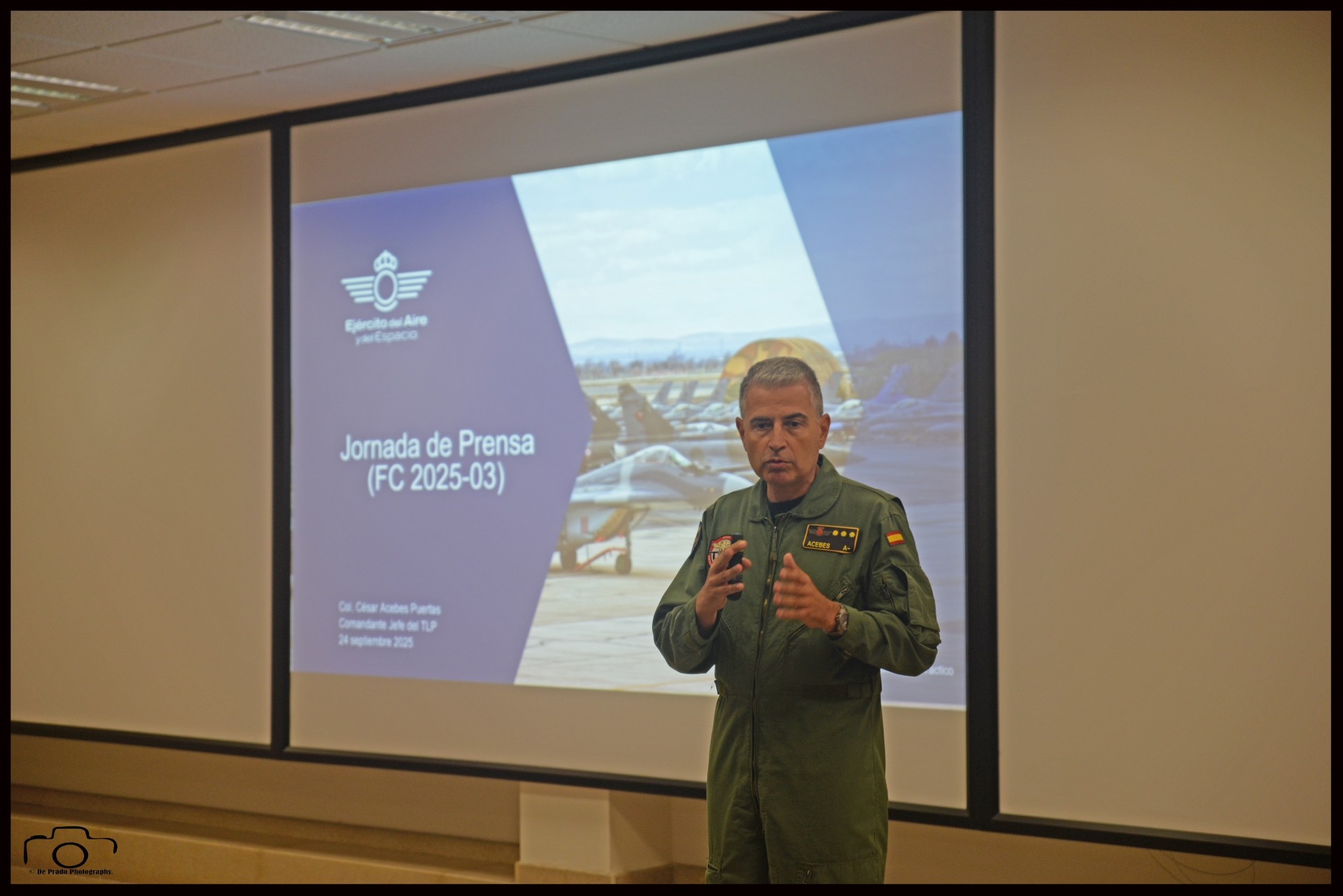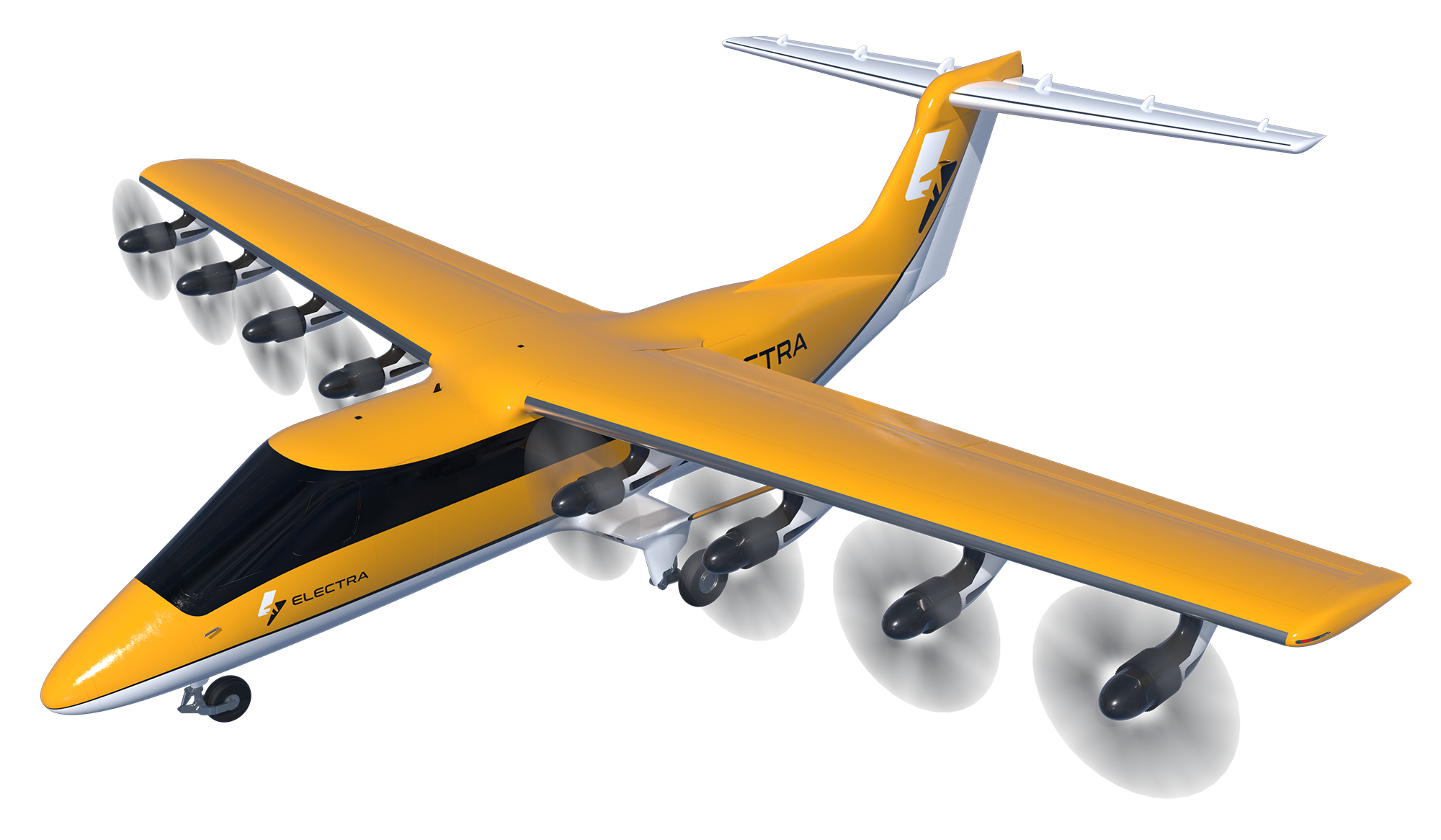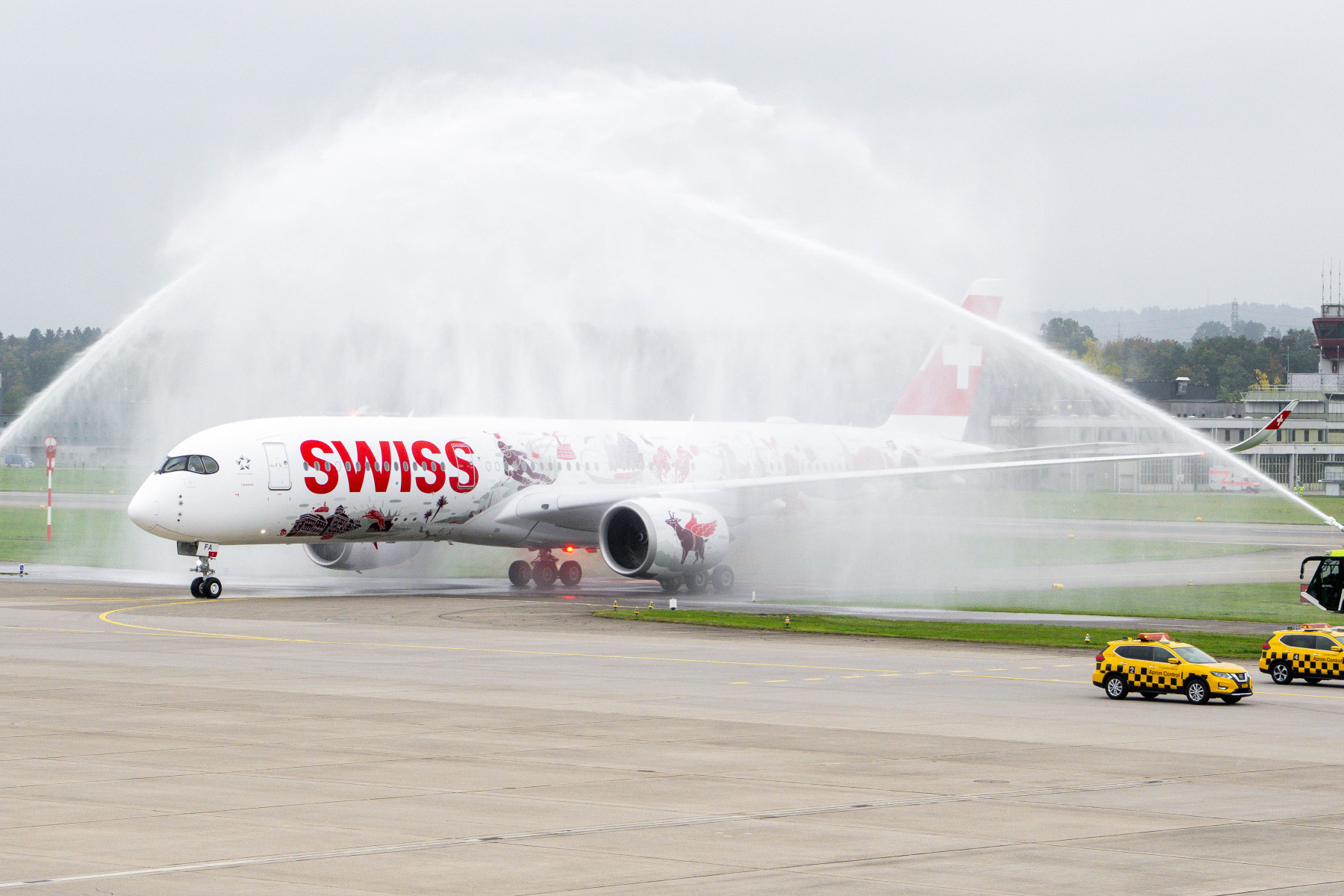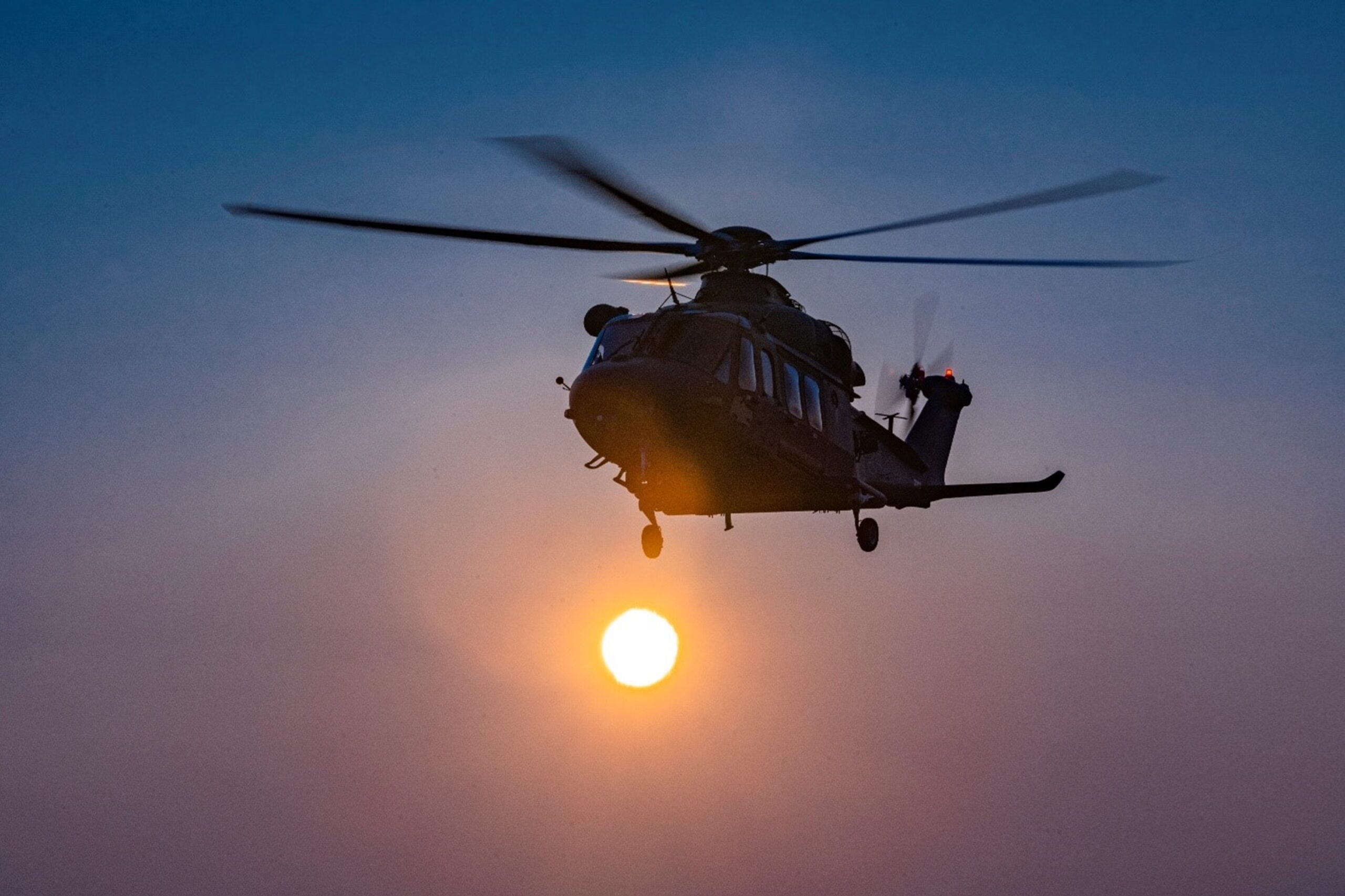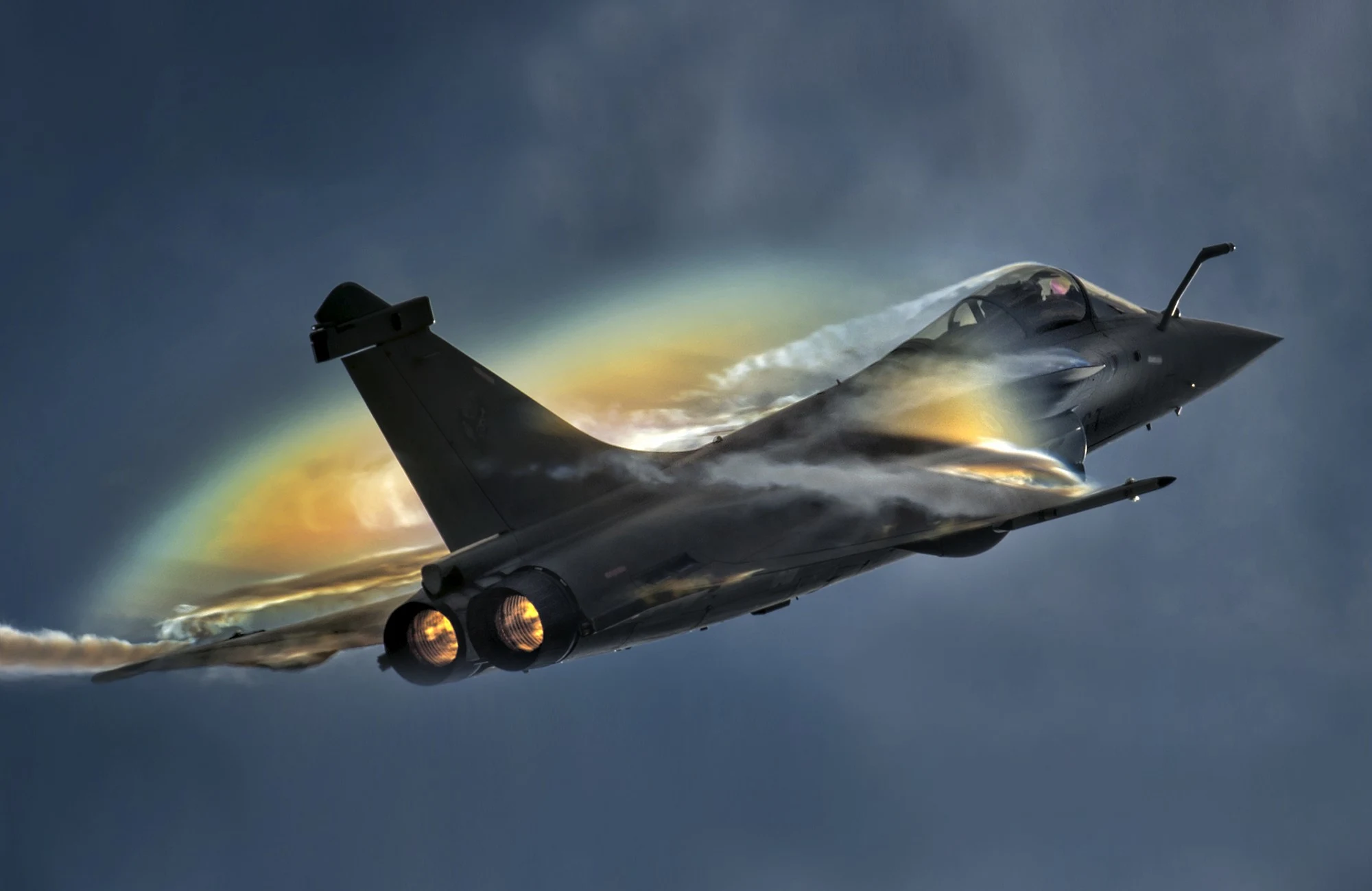Text & Photos.- Alejandro De Prado García
The acronym TLP stands for Tactical Leadership Programme. It is an advanced training center for pilots and crews established through an agreement between ten NATO nations (Belgium, Denmark, France, Germany, Greece, Italy, the Netherlands, Spain, Great Britain, and the United States) and dating back to 1978.
The objective of the TLP is to improve the operational readiness and effectiveness of Allied Air Forces by developing the leadership skills of pilots and aircrews and by practicing the planning and execution of complex missions in a multinational and realistic threat environment.
Theoretical courses are also held for air personnel, in which a small number of participants from the Navy and Army, from both NATO and non-NATO countries, also have access to the training provided. The TLP has been established in Spain for 15 years, since it began operating in La Mancha in 2009. Its relocation to the Albacete Air Base from Florennes was primarily motivated by the growing difficulties in conducting courses from the Belgian base, due to airspace congestion in Central Europe. Spain offers modern facilities perfectly adapted to the demands of a center of these characteristics, airspace very suitable for the training required by the TLP, and meteorological conditions that make it favorable for the development of flying courses.
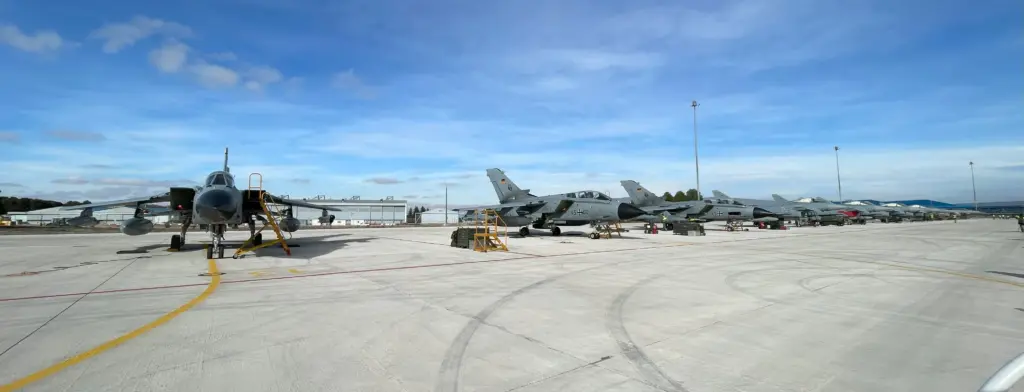
The annual activity of the TLP consists mainly of:
• Conducting between 3 and 4 flight courses per year, although the framework agreement allows for up to 6 flight courses annually. Current flight courses last approximately 3 weeks, with the first week devoted to theoretical classes and simulator missions, while the remaining two weeks are dedicated to actual flight missions.
Typically, each TLP flight course involves between 700 and 1,000 participants. Between 7 and 10 theoretical courses are planned each year, lasting two weeks. Participation varies from approximately 35 students in the synthetic and intelligence courses to approximately 80 in the COMAO mission support courses. Most TLP instructors maintain their flight proficiency by regularly flying their respective weapon systems in their home countries after completing their flight courses.
• Doctrinal meetings; conferences and seminars.
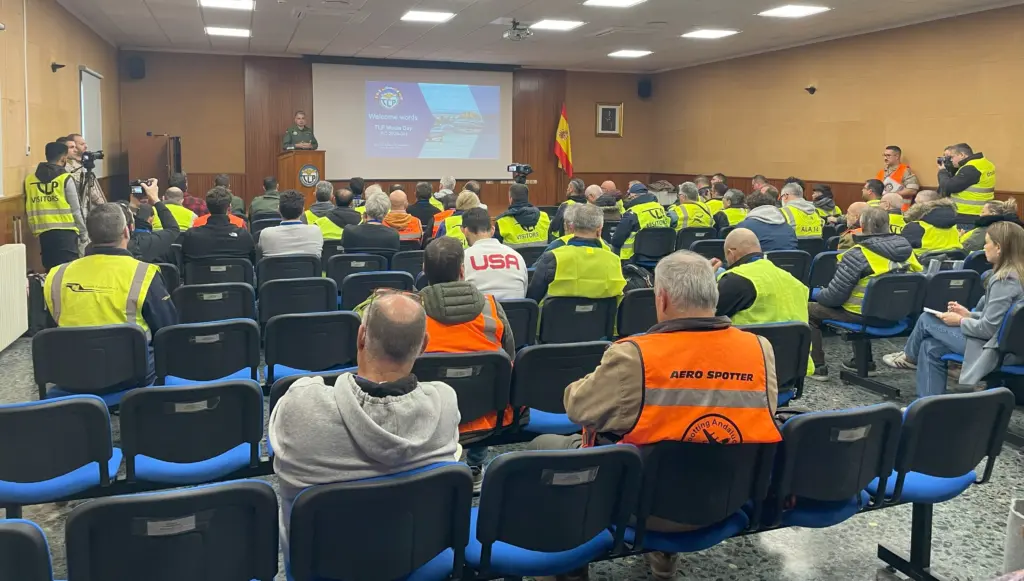
History
In the late 1970s, NATO Headquarters Central Europe set out to promote multinational tactical air operations. In January 1978, Germany, Belgium, Canada, the Netherlands, the United Kingdom, and the United States signed the Tactical Leadership Programme (TLP) and located it at Fürstemfeldbruck Air Base, Germany.
The courses began as two-week seminars in which experienced crews presented, discussed, evaluated, and formulated tactics, techniques, and procedures. In September 1979, the program moved to northern Germany, to Jever Air Base, and the seminar was extended to a four-week flight phase.
At Jever, 71 flight courses were completed, graduating nearly 2,000 pilots and crew members. In March 1989, the TLP moved to Florennes Air Base (Belgium) and was restructured into three branches: the existing Flying Branch was joined by the Academics Studies Branch and the Concepts and Doctrine Branch. An Air Force liaison officer joined the TLP Staff, and France began to actively participate in the courses. In 1996, Denmark and Italy joined. In 1997, when Canada withdrew its forces from Germany, they left the Program, but a liaison officer remained and continued to participate in the courses.
In January 2002, the TLP became a support unit of Supreme Headquarters Allied Powers Europe (SHAPE), which joined the program as a partner. The TLP was then renamed the Allied Command Operations Tactical Leadership Programme (ACO TLP).
That same year, Spain joined the program, expanding its reach to southern Europe. France and Greece joined in 2009. In July 2009 The Program began its move to Albacete Air Base and was officially inaugurated on October 1st under the presidency of the Secretary of State for Defense, Constantino Méndez Martínez. The first academic year began on November 4th. The most significant change to its structure is that the academic section and the concepts and doctrine section have been merged into a single branch (Academics and Doctrine Branch).
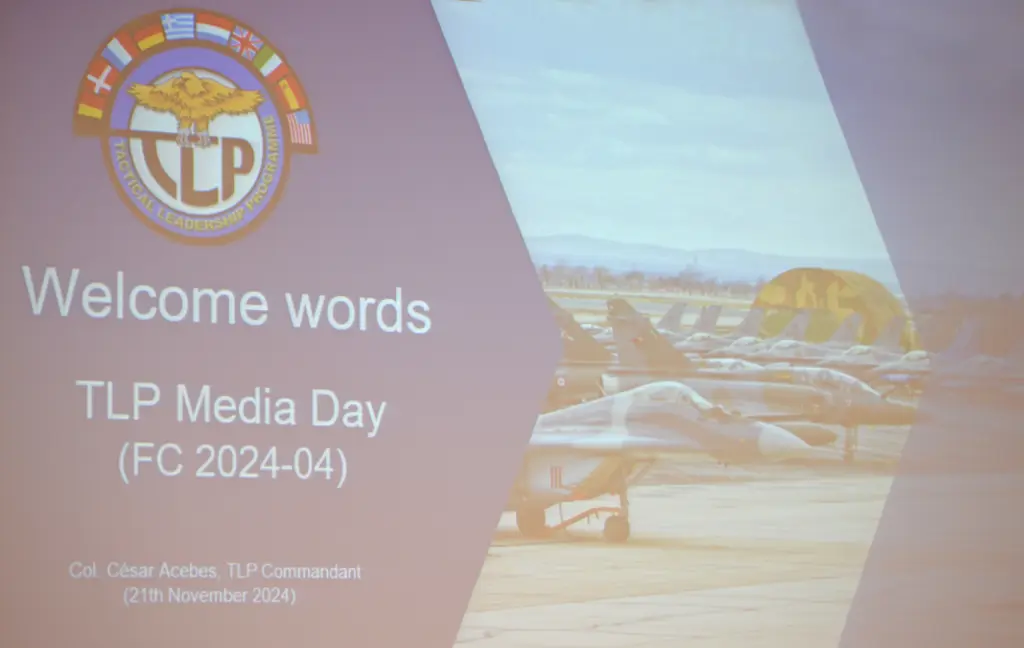
On November 9th, the first flight course in Spain began (the actual flights began on the 11th), and on the 12th, a Press Day was held, attended by national, regional, and local print, radio, and television media. The personnel currently involved with the TLP in Albacete are proud of the Program’s international reputation, considered a center of excellence for tactical leadership training for expert pilots and crews. Several generations of pilots, crews, and air operations support personnel have benefited from the Program to date and have established strong bonds of friendship that foster understanding and cooperation between our nations. Albacete offers the best conditions for the future of the TLP to be as bright as its past.
At the press conference for the exercise held on November 21, Colonel Cesar Acebes confirmed his inclusion in the Portuguese Air Force Tactical Leadership program starting January 1, 2025, and his participation in the first course will begin in 2025.
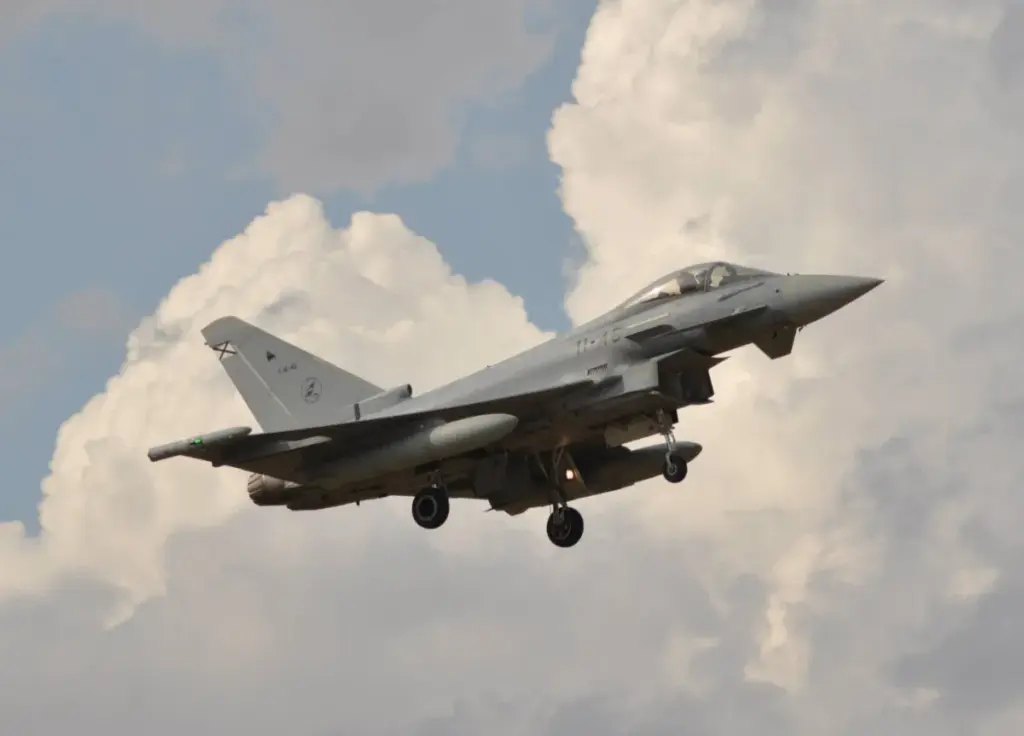
Main Mission of the TLP.
The main missions of the TLP can be divided into two sections: flight and academic, with the objectives listed below:
Flight section, whose objectives are:
• Improve the tactical leadership skills, and their application in flight, of NATO pilots responsible for commanding large aircraft formations.
• Improve tactical interoperability within NATO Air Forces by working with other Air Forces with different tactics and capabilities (air assets).
Academic section with the following objectives:
• Provide a series of theoretical courses covering: doctrine and tactics in the face of threats, weapons and their effects, aircraft characteristics, SAM/AAA Anti-Aircraft Artillery capabilities, offensive and defensive air operations, and battlefield coordination.
• To enhance participants’ job development skills and promote a shared understanding of all facets of NATO tactical air operations.
• Examine the different concepts of tactical employment of nations and suggest areas for improvement.
• Develop concepts and doctrine for integrated operations, as well as the employment and deployment of NATO combat forces and their weapons systems.
Next we are going to break down and talk a little more in depth about these sections:
TLP Sections
Flight Section. The objectives of this section are:
• Improve the tactical leadership skills and their application in flight of NATO pilots responsible for commanding large aircraft formations (COMAO)
• Improve tactical interoperability within NATO Air Forces by working with other Air Forces with different tactics and capabilities (air assets). Flight section organization.
The flight section is commanded by a Lieutenant Colonel who rotates among the countries with a participation quota of more than 10% in the Program: France, Germany, Italy, the United Kingdom, and the United States. It is composed of approximately 18 officers from the 10 participating nations, divided into Air/Ground and Air/Air sections.
All instructors are highly experienced and maintain their proficiency flying with their units upon completion of the courses. They are responsible for coordinating scenarios for the course’s flight missions, delivering the necessary lectures, evaluating the results, and drawing lessons from each mission.
The flight course. Normally, six courses are held per year, each lasting four weeks. . An average of 24 aircraft participate per course, along with their corresponding crew and maintenance equipment. The participating aircraft cover a wide range of tactical aircraft currently in NATO service. The first course at Albacete Air Base began on November 9, and the flights began on November 11, 2009. Colonel Bengoechea was in command of the TLP, the first Spanish colonel appointed to this command at Albacete Air Base.
Flight course description.
The objective of the course is to provide realistic training to crews within the constraints of peacetime. Participants encounter a different scenario each day. These scenarios are designed to confront crews with different situations, requiring them to approach planning from different perspectives and work as a team. It is an unparalleled forum for exchanging knowledge, tactics, and methods of operation to maximize the use of the various assets at their disposal in combined air missions known as COMAO.
The missions will be conducted from Albacete using training zones (Deltas) both on land and at sea. Long-distance missions using in-flight refueling vehicles may be carried out, flying in the airspace of other adjacent nations. This expands the variety of zones and targets to be used. The Program is constantly evolving, developing new scenarios that are validated in flight training courses to ensure preparedness for any future threat.
Academic and Doctrinal Section of the Tactical Leadership Programme.
The objectives of this section as we have indicated in the main mission section of the TLP are:
• Provide a series of theoretical courses covering: doctrine and tactics in the face of threats, weapons and their effects, aircraft characteristics, SAM/AAA Anti-Aircraft Artillery capabilities, offensive and defensive air operations, and battlefield coordination.
• To enhance participants’ job development skills and promote a shared understanding of all facets of NATO tactical air operations.
• Examine the different concepts of tactical employment of nations and suggest areas for improvement.
• Develop concepts and doctrine for integrated operations, as well as the employment and deployment of NATO combat forces and their weapons systems. Structure and activities. This section is commanded by a Lieutenant Colonel appointed on a rotating basis among the MOU member countries and is composed of two sections: Academic and Intelligence.
Some of the courses are ideal, although not essential, for subsequent participation in the Flight Section course. This section is comprised of specialists in Offensive and Defensive Air Operations, Electronic Warfare, and Combat Search and Rescue. Approximately 500 participants from NATO air forces will attend the Academic Section courses in Albacete each year. An important feature of the TLP is that the two sections, the Academic and Flight Sections, interact and support each other for the benefit of the whole.
The TLP’s Academic and Doctrine Branch is keenly aware of the evolving role of the Air Force today. The emphasis on new threats and the need for international solidarity to confront them is leading to a greater emphasis on developing joint operations and combining them for greater interoperability.
Staff and budget of the Tactical Leadership Programme.
The TLP staff is made up of 55 people from the 10 participating nations. The program also employs people from the Albacete area through a multi-service contract. The transfer of the TLP from Florennes (Belgium) to Albacete has a positive impact on the region, generating a very positive local economic impact: the total investment in the Air Base has exceeded €32 million in infrastructure and equipment. This investment has had, and is having, a significant impact on the Albacete companies that have actively participated in the construction or procurement.
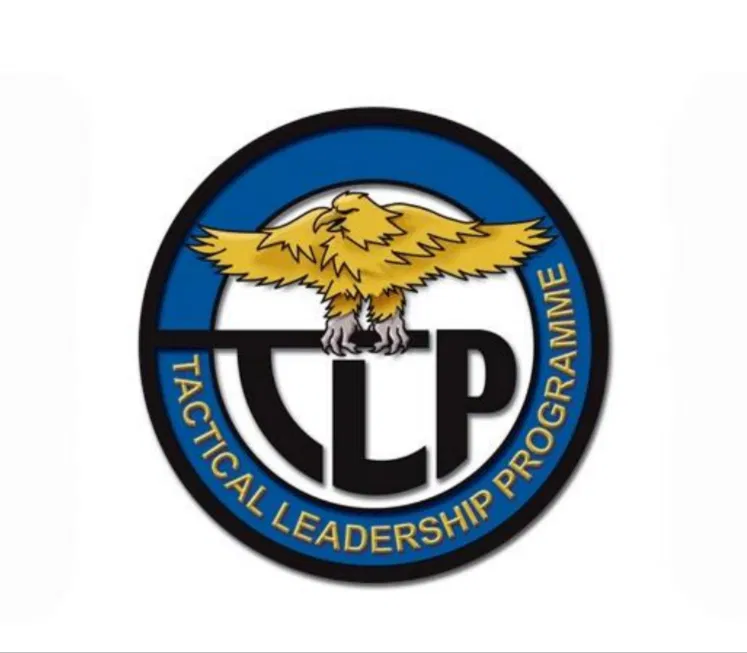
Course 2024-4 TLP (FC 2024-04).
The main new features of this two-week course include the first-ever participation of Italian fifth-generation aircraft, which were fully integrated into the course, carrying out all missions with complete effectiveness.
During the press conference leading up to the Media Day events, which was given by the TLP Commander of the Tactical Leadership Program (TLP), Colonel Cesar Oscar Acebes Puertas, the organization’s strategic guidelines were discussed, based on five basic pillars:
1.- Integrate modern air combat aircraft
2.- Promote the concept of ace
3.- Improve LVC (Advanced Synthetic System) capabilities
4.- Integrate all types of operations according to the current scenario and context and finally
5.- Address multi-domain operations where leadership and interoperability of nations are vital to achieving success.
New technologies such as the implementation of Artificial Intelligence (AI) in the various courses offered. Integrating new technologies, Innovating more quickly in the program, evaluating alternatives for OPFOR (Operation Force) elements, and improving the tools that already exist in the TLP are some of the objectives that the new Colonel (Chief Commander) has set for his mandate.
For the TLP, it is vital to develop a solid engagement plan that interacts with other organizations such as NATO’s Allied Air Command (AIRCOM) and even the Air and Space Force in order to adapt the infrastructure to the program’s new operational needs and remain a leading, cutting-edge European program.
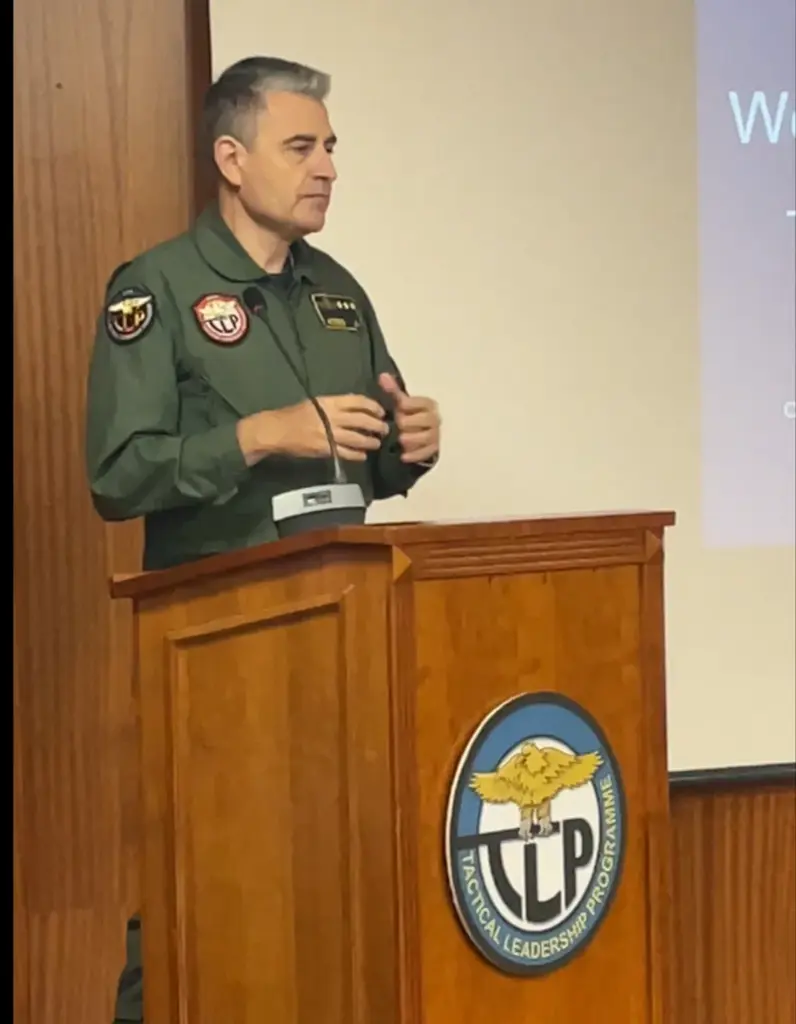
A daily TLP session begins at 10:00 a.m. with a briefing on the meteorological scenario and the mission to be carried out. At 10:45 a.m., the mission is planned so that flight operations can begin at 3:00 p.m., missions lasting approximately 1 hour and 45 minutes, with aircraft recovery and landing between 5:00 p.m. and 6:00 p.m. From this time on, the Planning and Execution briefings begin, where details of the flown missions are reviewed and conclusions are drawn that are subsequently jointly evaluated so that everyone can learn from mistakes and improve.
Let’s not forget that the TLP is a leading program of excellence that certifies European pilots belonging to NATO (North Atlantic Treaty Organization) with the goal of becoming fully operational in real-world missions. The two-week course ends at 10:00 p.m., and the duration is intense and stressful, during which the participating pilots are subjected to heavy workloads.
The following air forces participated in the FC 2024-04 course:
Mirage 2000D(RMV) EC01.003 (645/3-XP) Mirage 2000D EC02.003 (615/3-JY)
Mirage 2000D(RMV) EC02.003 (622/3-IL) Mirage 2000D EC01.003 (649/3-XR)
Mirage 2000D(RMV) EC01.003 (686/3-JH)EC725
Caracal EH01.065 (2802/SK)
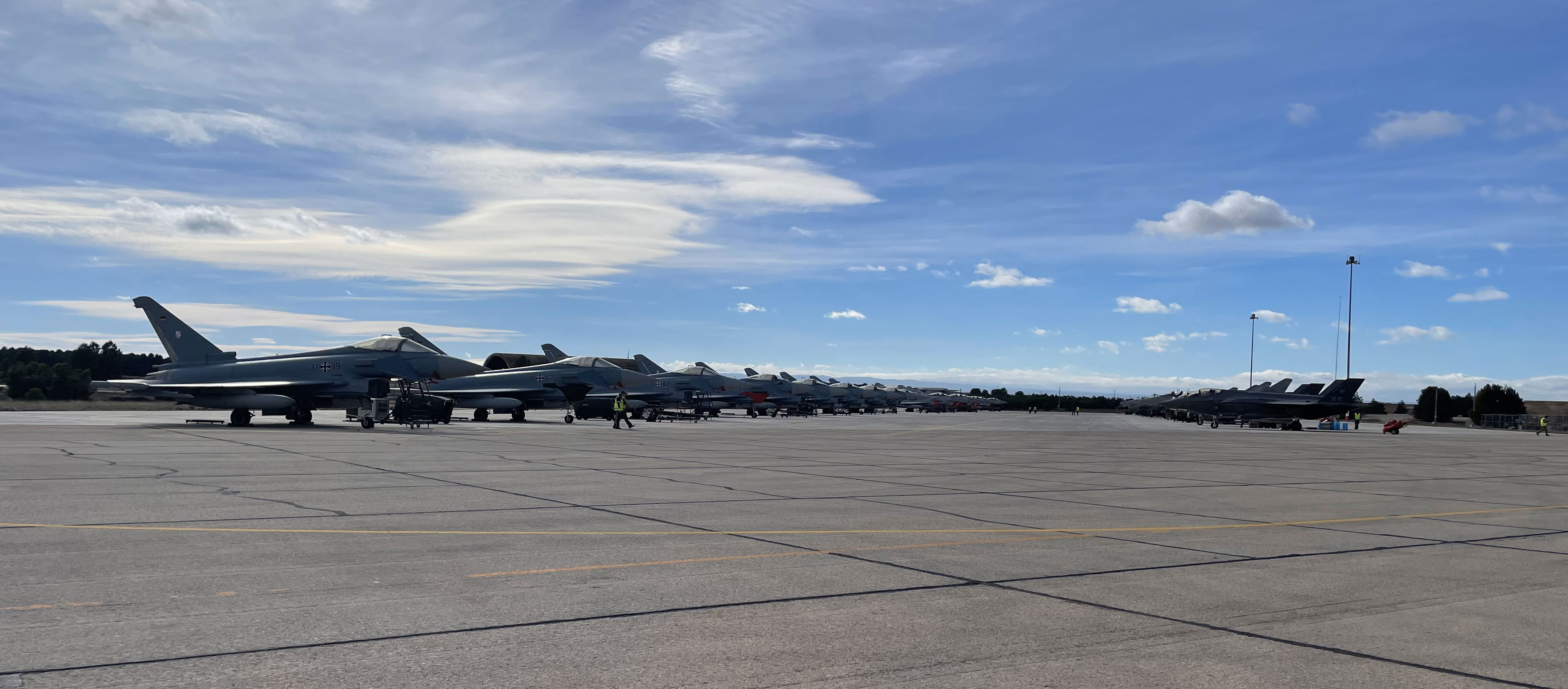
EF2000 TLG73 (30+49) EF2000 TLG31 (30+52) EF2000 TLG73 (30+64)
EF2000 TLG73 (30+64) EF2000 TLG31 (30+79)
EF2000 TLG31 (30+97)EF2000 TLG31 (31+05) EF2000 TLG31 (31+31)
EF2000 TLG31 (31+32)EF2000 TLG31 (31+40) EF2000 TLG31 (31+51)
EF2000 TLG31 (30+47)EF2000 TLG31 (30+62) EF2000 TLG31 (31+19) EF2000 TLG31 (31+47)
Tornado IDS TLG33 (31+12) Tornado IDS TLG33 (45+71)
Tornado IDS TLG33 (46+22)
Rafale EG 332 MPK (450)Rafale EG 332 MPK (451) Rafale EG 332 MPK (452) Rafale EG 332 MPK (455) F-35A 13° Gruppo (MM7373/32-19)F-35A 13° Gruppo (MM7364/32-15)F-2000A 51° Stormo (MM7308/51-08)F-2000A51° Stormo (MM7299/51-99)
F-2000A 36° Stormo (MM7324/36-41) F-2000A 36° Stormo (MM7331/36-47) HH-101A21° Gruppo (MM81869/9-06) HH-101a AMIC-550A 71° Gruppo (MM62329/14-13)
E-3C NATO (LX-N90443) C-295M EdA (Slow Mover)
Atlas C1 RAF – A400M (ZM402) Bombardier Learjet 36A (D-CGFF) Bombardier Learjet 36A (D-CGFD)
Typhoon FGR4 29sq (ZK311) Typhoon FGR4 29sq (ZK319) Typhoon FGR4 29sq (ZK321) Typhoon FGR4 29sq (ZK325) Typhoon FGR4 29sq (ZK329) Typhoon T3 29sq (ZK382)Typhoon FGR4 29sq (ZK424)Typhoon FGR4 29sq (ZK431)
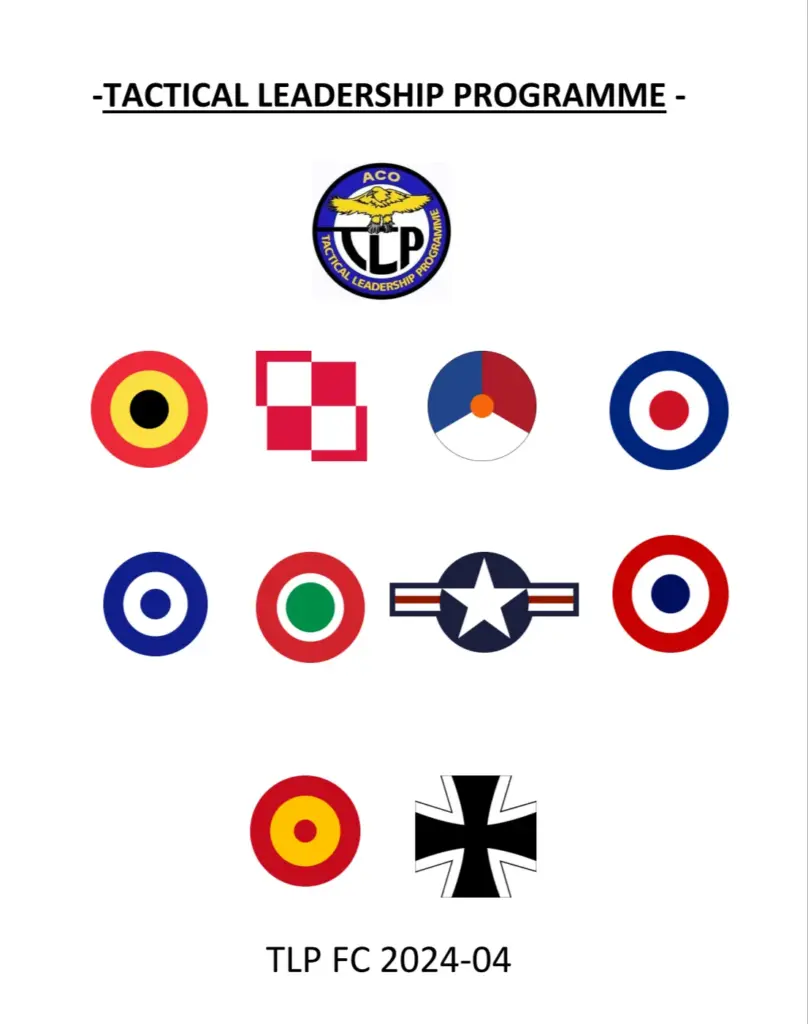
Three courses (Flying Courses) are expected by 2025, with the participation of new nationalities and new full members such as Portugal, which we previously indicated will join the program starting January 1, 2025, having signed the agreement and the formal ceremony of integration into the program this week.
Finally, I would like to thank the entire TLP staff for helping me complete this article.


